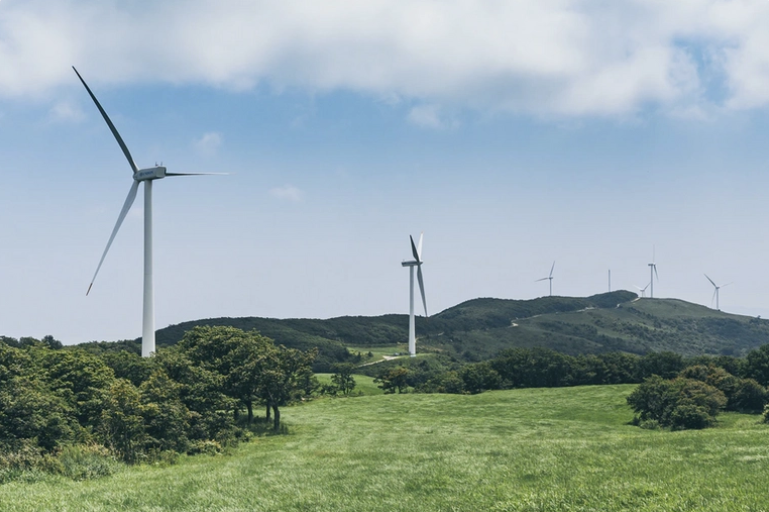Minimum requirements
Carbon compensation (aka “offset”) can make sense from a climate point of view. To do this, however, at least the following minimum conditions should be met:
- There is no realistic alternative that now causes less CO₂.
- There is potential for technological development towards a CO₂-free or low-CO₂ product.
- When implementing the compensation, important standards are adhered to and the funds are used transparently and completely in the project
The first point applies to the subject of air travel to a limited extent. Bus, train or car can be a more environmentally friendly alternative to air travel. This should be taken into account when planning any trip. For long-haul flights, however, the airplane is very likely the only realistic alternative. Nevertheless, less CO₂ can be caused by searching for and booking a more environmentally friendly flight. Even small changes in the departure or arrival time can lead to significant savings in emissions. Fly.green enables its users to reduce environmental pollution through the transparent and independent display of flight-specific CO₂ values.
There is realistic development potential in air traffic towards a CO₂-free product. We recommend this ZDF article on the future of aviation (Zukunft der Luftfahrt.).
Fly.green also answers the question about the standard of CO₂ compensation simply: we only offer compensation according to the world’s highest standard – the Clean Development Mechanism (CDM)! The offset is done by our partner atmosfair.
Compensation can play an important, accompanying role in climate protection. In the following, this article deals with the three most important questions you should ask yourself about compensation: Does the compensation make sense? Which standards do I have to pay attention to? How will my funds be used?
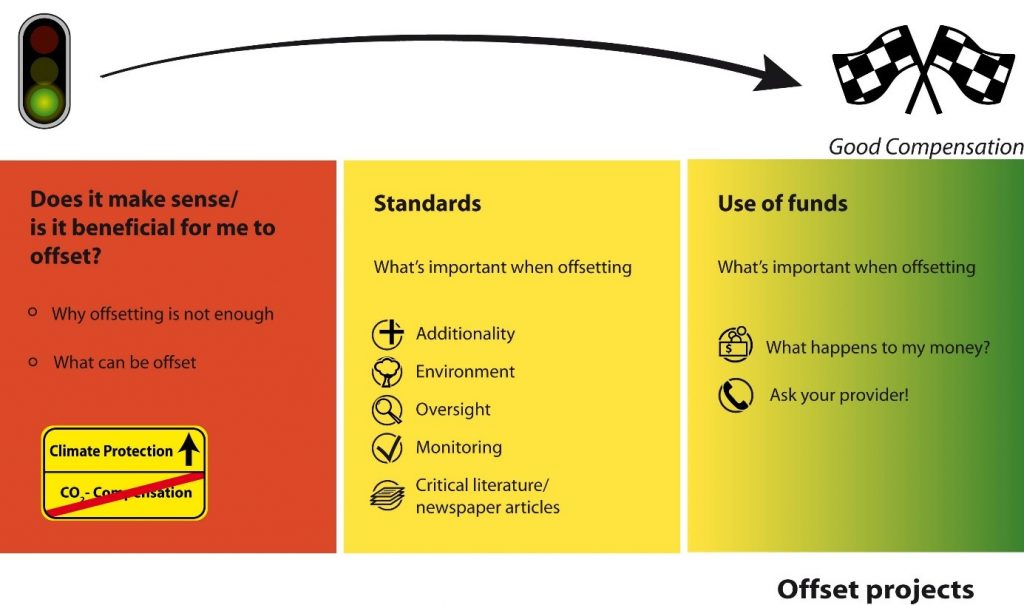
I. Does my compensation make sense?
Why carbon compensation is not enough
Compliance with the 2-degree target requires a reduction in global greenhouse gas emissions of at least 80% by 2050 compared to 1990, and global emissions would have to be reduced to almost zero by 2100.
If one were to attempt theoretically to reduce emissions from the Global North solely through compensation, global emissions could not be reduced to the required extent by 2050 or 2100 (see figure). Although the greenhouse gas emissions of the Global South would be reduced as far as possible in this scenario, the Global North would continue to emit emissions in full. The global “residual emissions” would therefore be far higher than the greenhouse gas emissions that are compatible with achieving the 2-degree target.
In other words: offsetting alone is not expedient in the long term; rather, the countries of the Global North must themselves reduce their internal emissions on a large scale. Compensation can therefore only be a “makeshift solution”.
CO₂ reduction vs. carbon compensation
Compensation cannot therefore be effective on its own, but is only a supplement to the necessary CO₂ reduction at the source through innovation and the dissemination of the necessary technologies and behaviors.
Reduction before compensation is therefore the motto of Fly.green. We offer a free online flight search for this. We combine transparent display of climate emissions per flight with compensation according to the highest standard.
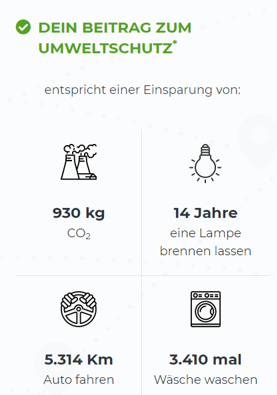
Innovations are stimulated by avoiding and reducing. We hope that through our efforts to reduce and offset, the airlines will become more innovative in their own core area for climate protection.
What can be compensated at all?
All products or services can be divided into three categories. Carbon compensation only makes sense in the third category.
Here are the three classes with examples:
- The incompatible: These include products that a 2 ° C world with 8 billion people cannot tolerate, such as daily meat consumption from factory farming. The compensation of steak houses etc. is therefore only an artificial extension of a dead end due to climate protection and is therefore counterproductive.
- The discontinued models: These are products for which there is already an equivalent, climate-friendly technical alternative. The development and establishment of these new climate protection technologies will be slowed down if the consumer’s money instead flows into compensation and thus into the dissemination of old or existing technologies. One example is fossil-based electricity production. Compensating for this and selling it as green electricity is a step in the wrong direction from a climate perspective.
- The changeable: These are products that can in principle still be developed into low-CO₂ products, but for which the necessary technology has not yet been developed or is not developed sufficiently for the market. One example is long-haul aircraft. For these there are potentially clean CO₂-free fuels (power to liquid) that can be produced entirely with renewable energies. Today, however, these technologies are not available to the extent that an airline could buy them, which is why the customer cannot choose them as a (more expensive) alternative. Compensation only makes sense in this category, as it does not slow down the better solution (discontinued models) or prolong a dead end (the incompatible).
The restriction to the compensation of products of class III ensures that no technologies and products that are outdated and counterproductive in terms of the climate are upgraded and thus maintains sufficient pressure to innovate so as not to jeopardize the necessary restructuring of the energy systems. Compensation therefore only makes sense for these products.
II. Standards for climate protection projects
Additionality
Additionality means that the climate protection project would not have been implemented without the additional financing through CO₂ certificates. To put it simply: the project only exists because it is also financed through CO₂ certificates.
If there is no additional climate protection project, no climate protection is carried out with the money from a buyer of CO₂ certificates, because even without this money the project would run and avoid CO₂.
Recently, several studies have questioned the additionality of projects in the carbon market. Mostly the additionality of large hydro and wind power plants is doubted (> 15 MW), because today these can often be operated economically profitably without the income from the carbon market.
The higher the share of carbon funding in the total funding of the project, the more likely it is that the project is additional. Ask your offsetting provider which part of the project is funded by the carbon market. This will give you an initial indication of whether your money will later actually do real climate protection.
Environment
Every ton of CO₂ saved makes a contribution to environmental protection, but not every saving measure is therefore automatically and one hundred percent good for the environment! Many CO₂ projects neglect important aspects of environmental protection in addition to climate protection or contribute to delaying a consistent replacement of “dirty” technologies and concepts.
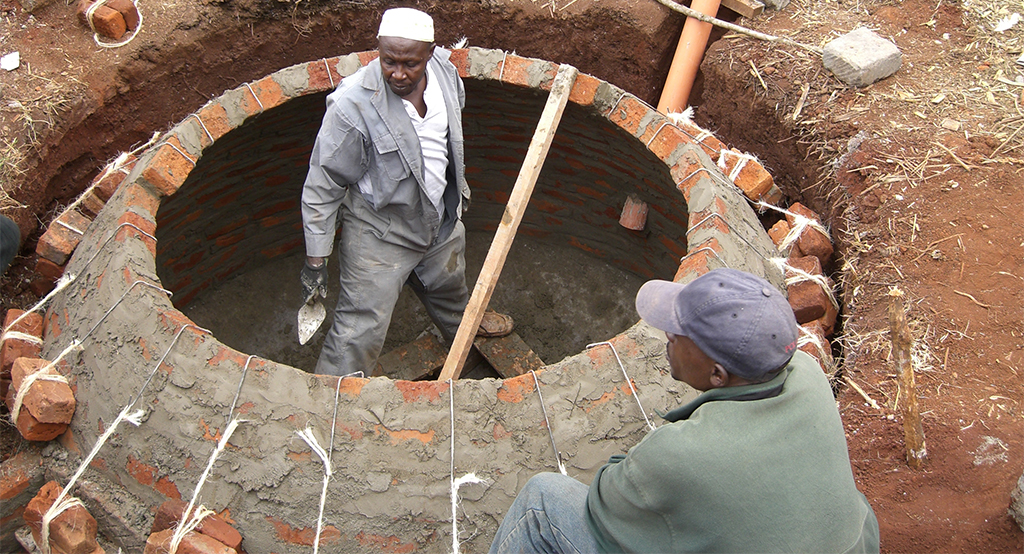
For example, the CO₂ footprint of households can be significantly reduced through the widespread use of energy-saving lamps, but the saving effect was and is often bought at the cost of using highly toxic mercury, which ends up in the environment if disposed of incorrectly.
The highest level of environmental integrity is achieved through the combination of the two strictest certification methods currently available: The CDM standard guarantees the most reliable control of the CO₂ actually saved, and the “Gold Standard” ensures that no other certification is available through additional strict requirements Environmental aspects are neglected.
Supervision
The climate protection projects are to be carried out under independent supervision.
To this end, it is desirable that the standard has an independent supervisory body that is not appointed by the standard itself. In addition, it should be possible for any person, including the general public, to direct complaints against projects directly to the supervisory body. This supervisory body should hold transparent meetings and, among other things, submit an annual report with analyzes and instructions to the standard.
At the moment, the Clean Development Mechanism is the only standard that meets these requirements. The “Executive Board” is the supervisory body of the CDM and all minutes and reports are publicly available here.
Control / liability
Every year the amount of emission reductions of a climate protection project is confirmed by an independent testing organization (e.g. by TÜV). For this purpose, an independent auditor travels to the project country and visits households and project partners on site for several days. The examiner examines whether the stoves in the households are actually being used, whether the solar systems are working or whether as many biogas systems have actually been built as claimed (in our case by atmosfair). In the case of CDM projects, the auditor (s) sends: in the audit report directly to the UN.
A good project standard is characterized by the fact that the auditor is liable for his / her information. This is the only way to guarantee a strict and conscientious review.
But the examiner should also be checked. The UN accredits testing organizations that are allowed to visit and review CDM projects according to strict criteria. If the testing organizations do not adhere to the rules of the UN, they can lose their accreditation and thus their test authorization.
You can find a comparison of the most important compensation standards here.
III. Use of funds
Even the best standards do not ensure, cannot ensure that essential criteria such as additionality of the project are met (see above). However, you can ask the compensation provider what happens to your money in the project.
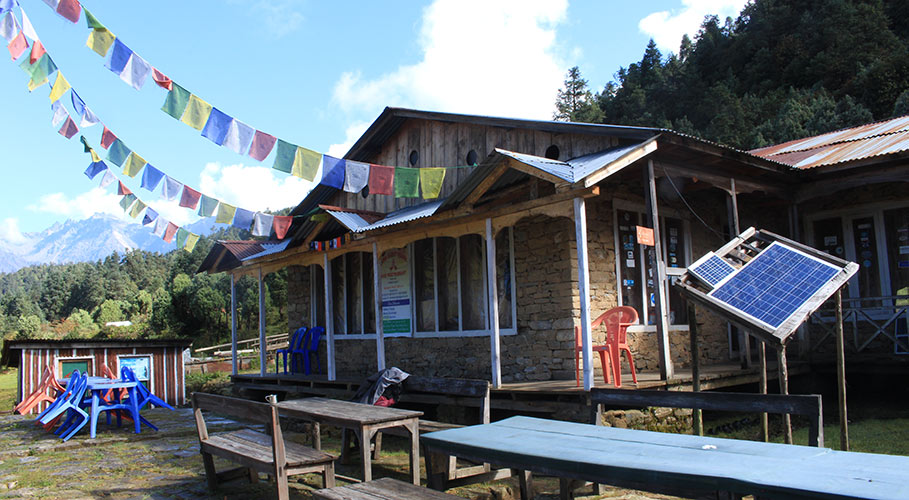
Ask your provider!
- What will happen to my money?
- What part of my money will be transferred directly to the project operator?
- What exactly is being paid for with my money in the project (employees, purchase of technology, marketing)?
- Will the project be expanded with my money?
- Does the provider carry out the project with its own staff in the host country?
- Does the provider have access to the project operator’s books?
- How big is the financial part of the project that is financed by CO2 certificates?
- Where can I find the provider’s last annual report (including financial overview)?
- How long has the provider been supporting the project?
- What happens to the project if it no longer receives financial support through certificates?
We hope this article was helpful in answering key questions and thoughts on the subject of CO₂ compensation / offset. Fly.green constantly questions its own claim and approach, which is why we want to deal with such central issues transparently. If you have any further questions about CO₂ compensation or if you have a different opinion, please write to us at smile@being.green.


